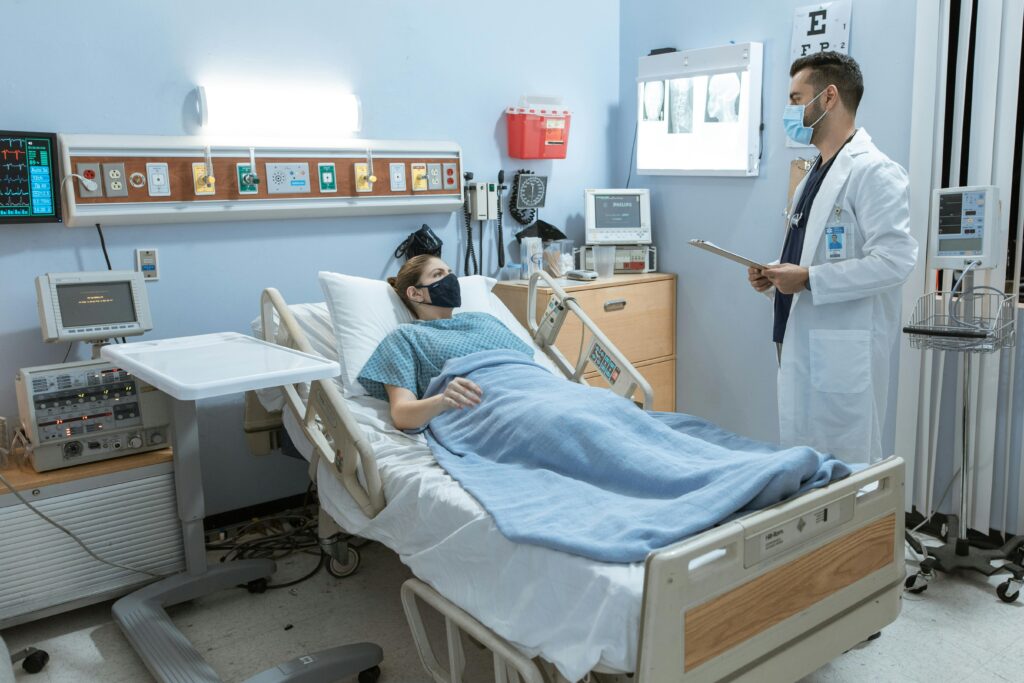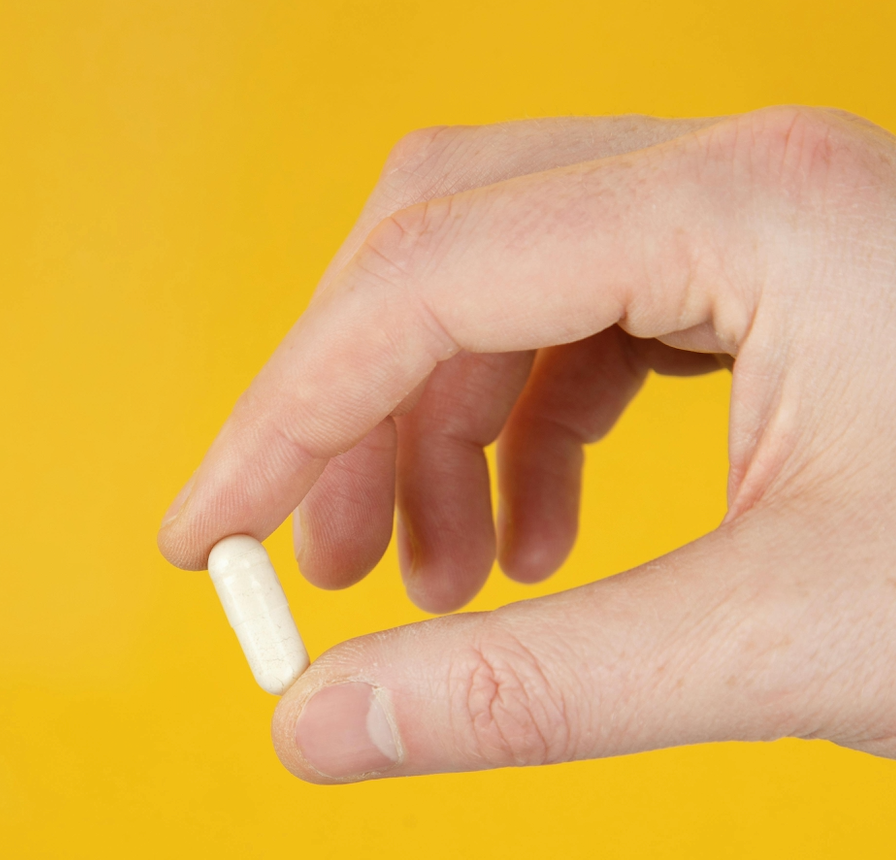Image credit: RDNE, Pexels

Undoubtedly, frontline healthcare workers (HCW) took on an enormous burden during the pandemic. According to a study that was conducted from January 1, 2020 through October 12, 2021, a total of 440,044 healthcare workers were reported to have COVID-19, including 1,469 deaths.1
In addition to acute infections and mortality, many HCW have had to deal with lingering symptoms associated with long COVID. Marra et al pointed out that in a group of Brazilian HCW who were diagnosed with acute COVID-19 (7,051), 1,933 (27.4%) of them developed long COVID.2
A new study looked to determine long COVID symptoms in HCW over time. The investigators surveyed HCWs 5 times over a 2 and ½ year period (March 2021, September 2021, June 2022, April 2023, and October 2023.) This was a prospective multicenter HCW-only cohort carried out in Switzerland. They followed HCW who were defined as any hospital employee with or without patient contact. The study included 1,704 HCW and 82% of them were female.3
For the survey, respondents updated their vaccine and infection history and answered questions on PASC-related parameters. To avoid contaminating self-reported long COVID with acute symptoms, questionnaires completed within 28 days of a positive test or within 7 days of vaccination were excluded.
The study’s results were published in the journal, Infection.
“30.7% reported ≥ 1 PASC symptom in 10/2023, with 115 (6.7%) stating to have or have had PASC. Both were most common after wild-type infection compared to other variants,” they wrote. “Overall, 17/115 (15%) indicated relevant/severe restrictions in their daily activities and of 85 (74%) that tried ≥ 1 measure against their symptoms, 69 (81%) reported having benefitted.”3
What You Need to Know
A study in Brazil found that 27.4% of HCWs diagnosed with acute COVID-19 developed long COVID.
A Swiss study surveyed HCWs over a three-year period (2021-2023) to assess long COVID symptoms.
Long COVID symptoms were more common among those infected with the original wild-type SARS-CoV-2 strain than with later variants.
A majority of the HCW did say their symptoms diminished over time. “Over a 30 month period, overall PASC burden in our HCW cohort decreased; although 1% still experience relevant restrictions in their daily life,” the investigators wrote.3
Wild-Type Virus and Long COVID Burden
A longitudinal analysis include 653 HCW, and interestingly, 21% more workers infected with the original wild strain were found to have long COVID symptoms compared to the control group earlier in the pandemic (March 2021). There was a decreasing trend showing only 7% of this group dealing with symptoms 2 and half years later (October 2023).3
“This effect was not evident for non-Wild-type infected HCW,” the authors wrote.3






